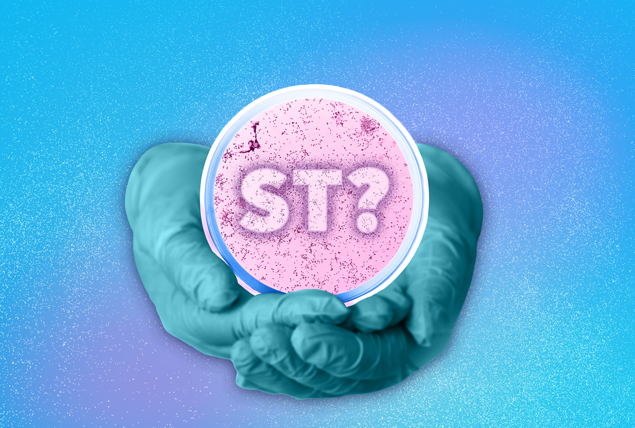Sexually transmitted infections (STIs) are very common in the United States. It’s estimated that more than half the U.S. population will have an STI in their lifetime. The Centers for Disease Control and Prevention (CDC) estimate there are more than 110 million cases among women and men, with 20 million new cases each year.
Thus, it’s important to stay up to date with the facts, learn how to recognize the symptoms and get tested early before they lead to serious health complications.













